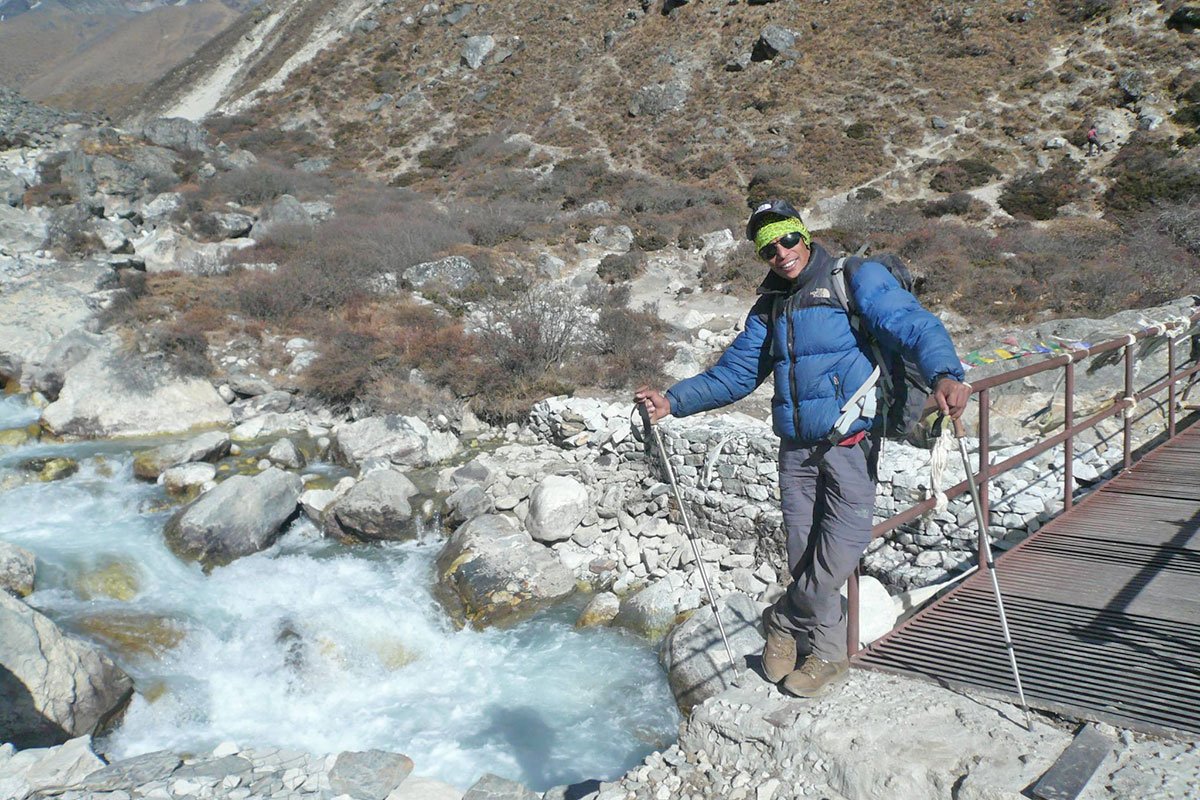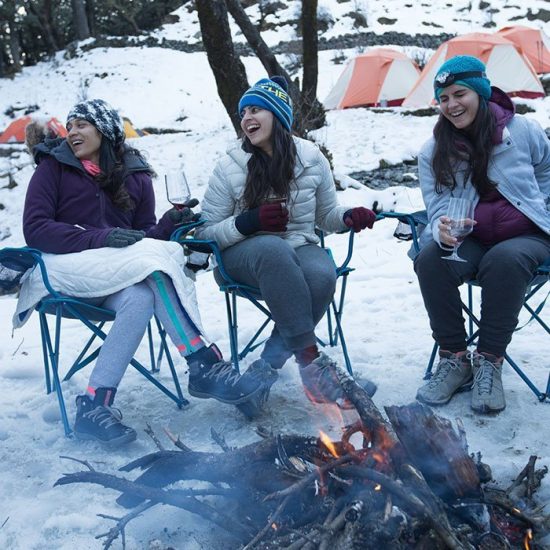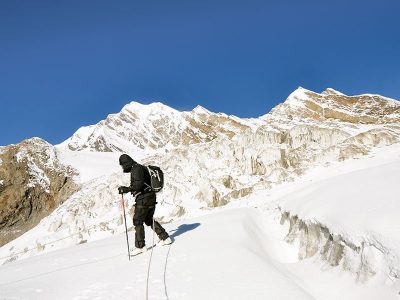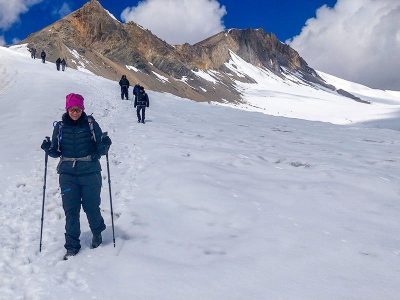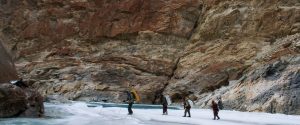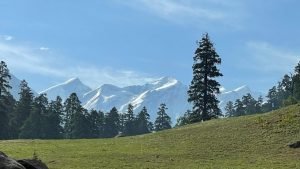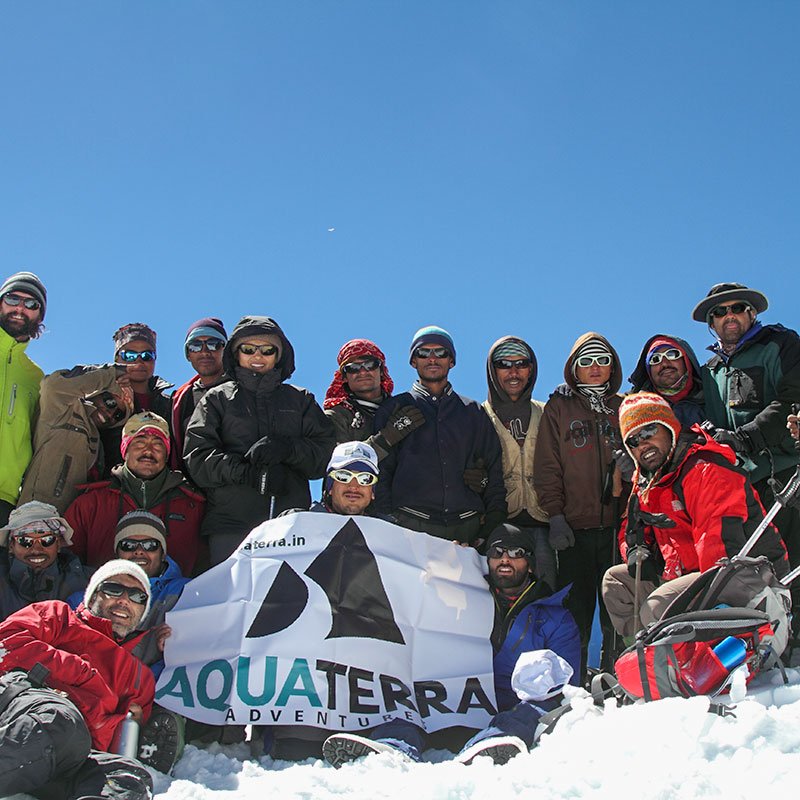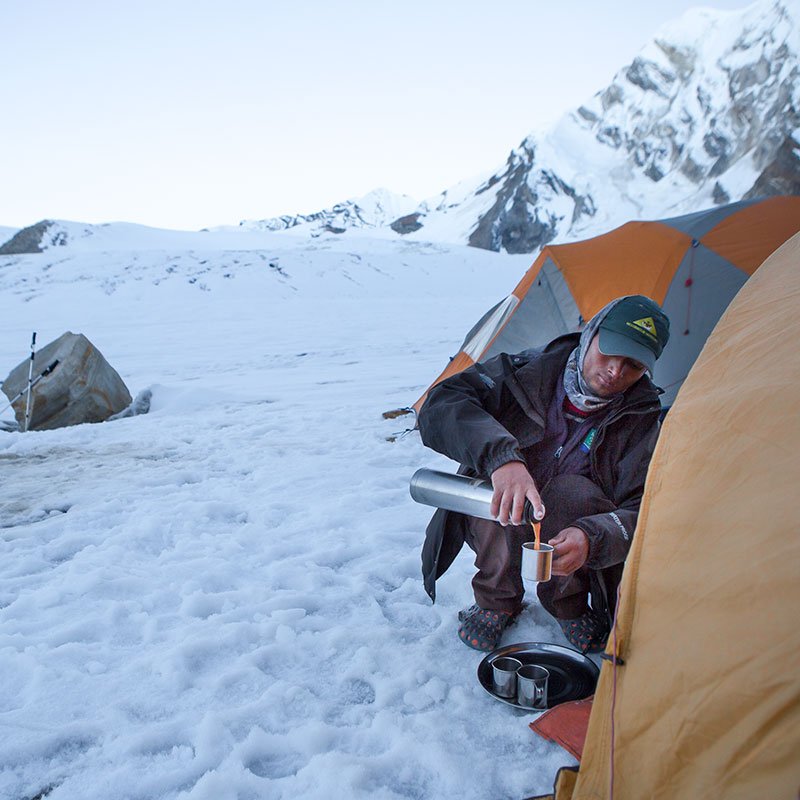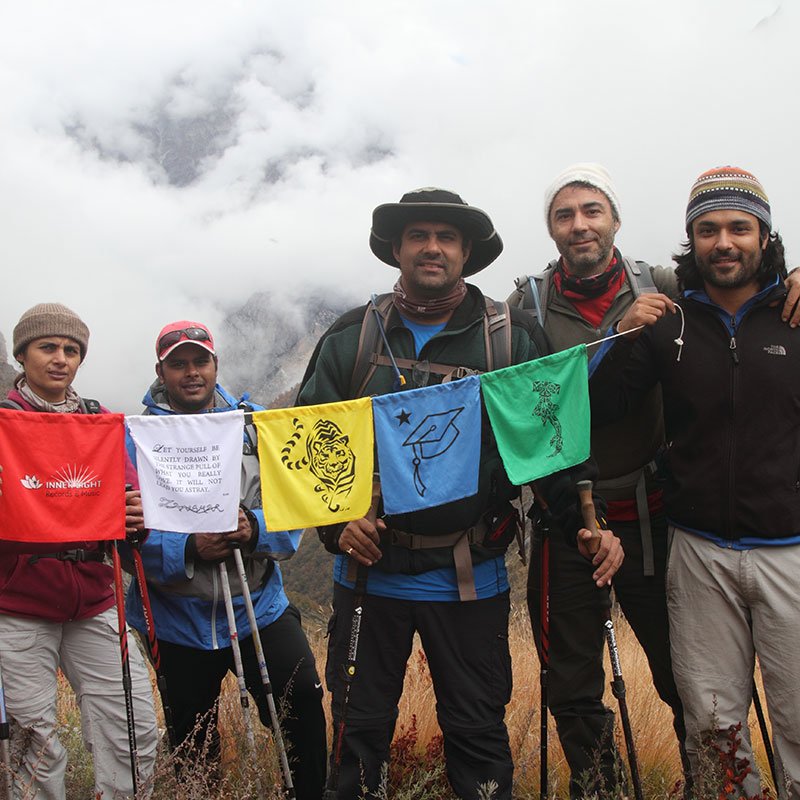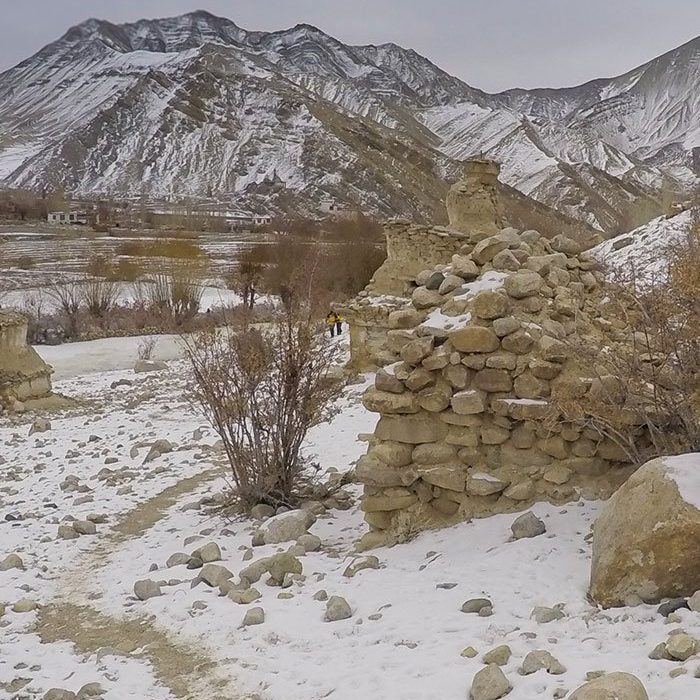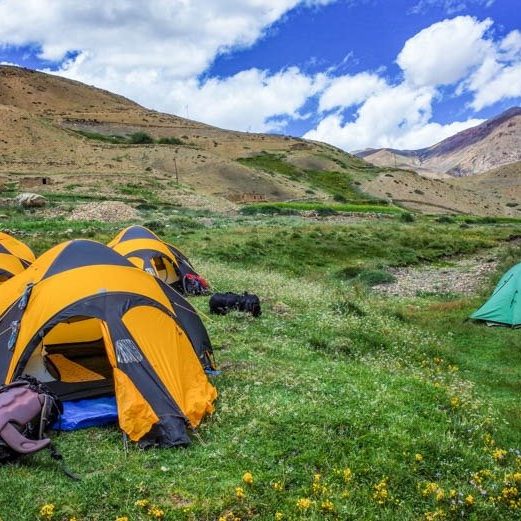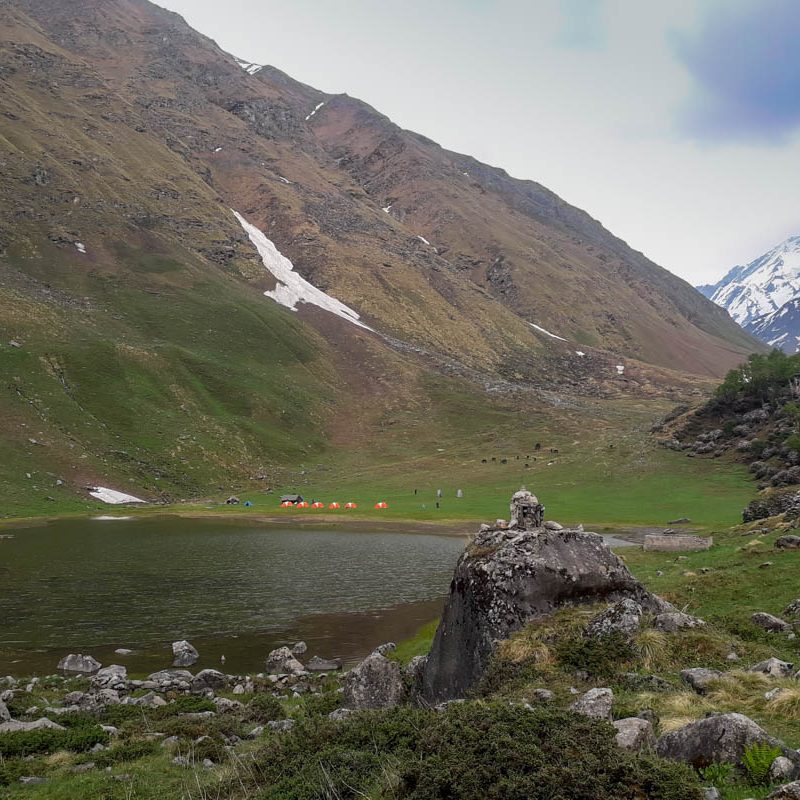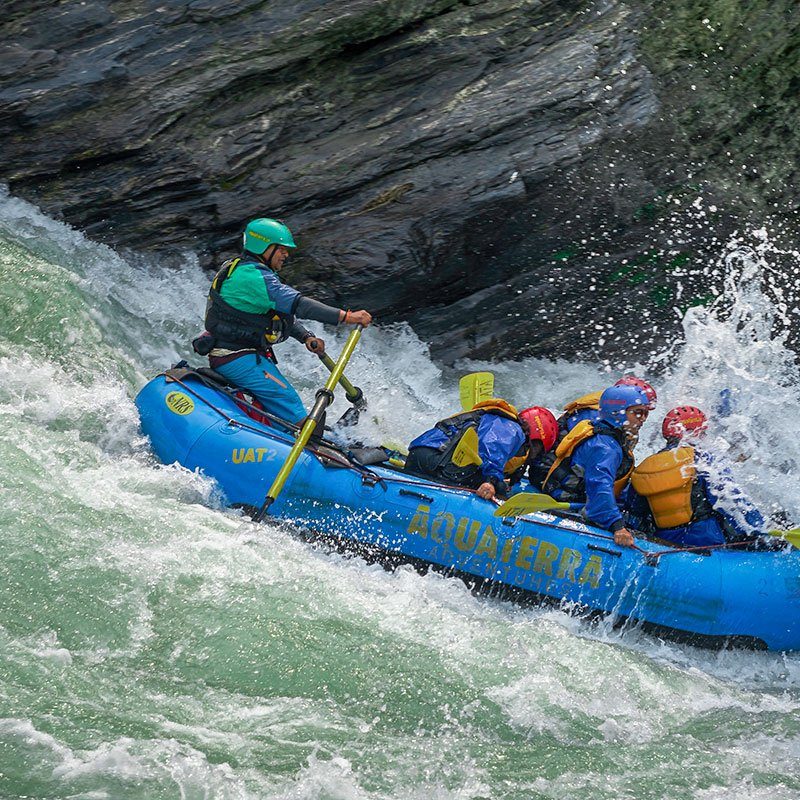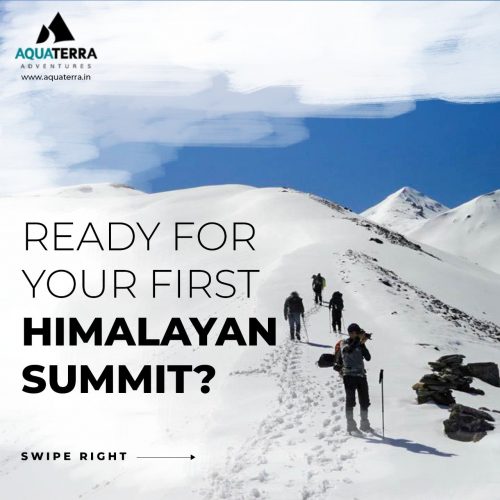
Ever since the days of early climbing expeditions, the highest point on Earth has had a lure of its own, drawing climbers and trekkers to it like a magnet. Naturally, the trail to the base camp of Everest has become one of the most popular trekking routes in Nepal, yet a few people return from the trek unmoved by the experience of being among the highest peaks in the world.
During the trek, we follow the Main Everest Base Camp Trail, the route pioneered and still used by climbing expeditions that attempt the peak from the Nepal side. We visit the Base Camp at 17,600ft, and soak in the energy of teams working their way to the summit.
It’s not a cake walk for sure, and the altitude only makes things tougher. But with fore-knowledge, careful preparation and a basic level of fitness, this is certainly doable for the relatively inexperienced. On reading this, if you feel the tightness in the pit of your stomach, get in touch and we will send you the details.



